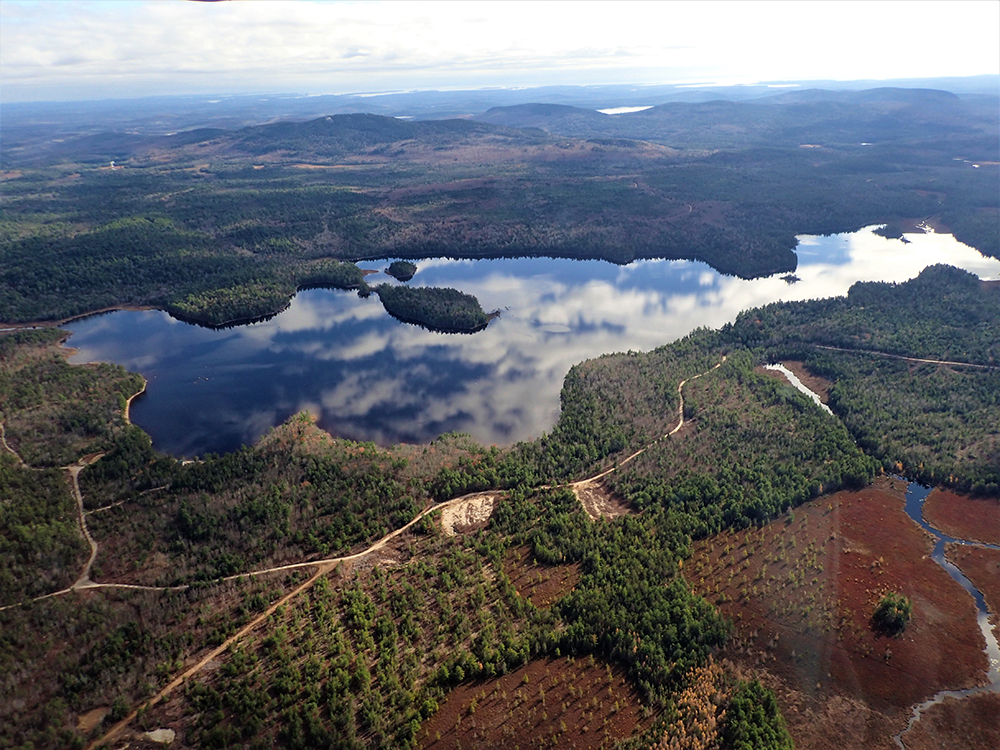Atlantic Coast Joint Venture partners involved in the North American Wetlands Conservation Act (NAWCA) grants program had a very successful year in 2018. Eleven Standard grant projects were awarded $1 million dollars each in six states: Maine, Virginia, North Carolina, South Carolina, Georgia, and Florida. These eleven projects conserved nearly 92,000 acres of wetland and buffering uplands, permanently protecting more than 80,000 acres and restoring or enhancing 11,460 acres (most of that restoration acreage is in Florida’s eastern Everglades). In addition, seven Small Grants were awarded (~$600,000K) in five states (Maine, Massachusetts, Maryland, New Jersey, and Pennsylvania), which will protect nearly 800 acres and restore 350 acres. The $11.6M in grant funds were matched by nearly $31M in partner contributions.
Three different proposals from Maine used matching parcels from a very large land donation in 2016 (the 83,563 new Katahdin Woods and Waters National Monument), valued at $60 million. Several Maine partners were able to bank the value from large amounts of matching dollars in a “matching contributions plan” (MCP), which enables them to use those match dollars in future NAWCA proposals over the next five years. Currently, MCPs in Maine total ~$29M (in addition to the $31M match figure above), providing a once-in-a-generation opportunity for Maine partners to develop more NAWCA proposals in the coming years, without having to worry about matching fund requirements.
Several NAWCA projects funded in 2018 provide strong benefits to our flagship species. The three Maine projects mentioned above protect prime breeding habitat for American Black Duck in the core of its U.S. breeding range, protecting 7,000 acres of wetlands, surrounded by 50,000 acres of buffering upland, most of which is embedded in a contiguous block of more than 2 million acres of protected land. The North Carolina Coastal Land Trust is protecting what may be one of the largest and most important salt marsh tracts on the Atlantic Coast, the 5,494-acre Salters property, near Pamlico Sound in Carteret County, NC. This tract is adjacent to the 14,494-acre Cedar Island National Wildlife Refuge and across Long Bay from the Marine Corps Air Station Cherry Point’s 11,000+acre Piney Island military installation. The property is dominated by tidal marsh, though it includes a variety of important habitats for migratory birds, including mature longleaf pine, bottomland hardwoods; and maritime forest/shrub. That area of North Carolina was the historic stronghold for Black Rail in North Carolina, and undoubtedly provides valuable wintering habitat for Saltmarsh Sparrow, American Black Duck, and a whole suite of priority birds that rely on tidal marshes during their annual life cycle.

